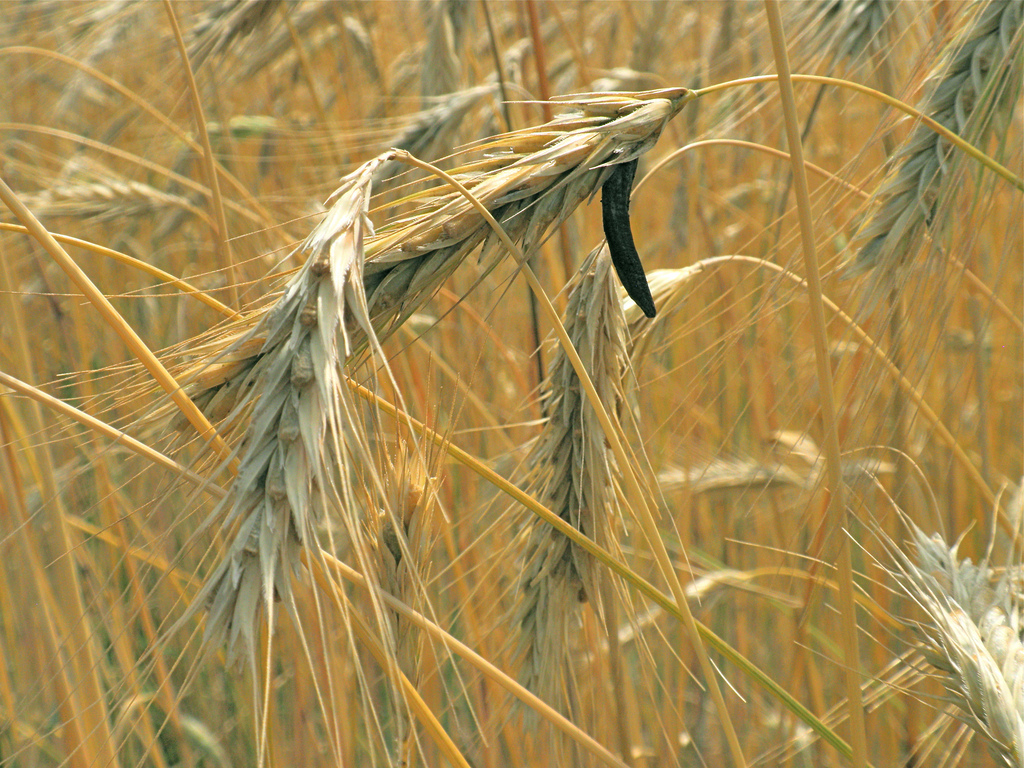A warning of an increased risk of contaminated and potentially poisonous grain in the livestock feed chain has been issued by Scotland’s Rural College.
Farmers have been advised by experts at SRUC to beware of the risk posed by grain contaminated with ergot, a fungal disease that can be toxic to animals and humans.
And while grain processed for human consumption undergoes screening procedures and any crop containing more than 0.01 grams of ergot per kilogram of grain is banned from the food chain by UK law, farmers have been advised to wear gloves and a mask when processing grain this season.
Ergot is a naturally occurring fungus which is spread by spores in the spring, and if conditions are cool and wet – as they were in parts of Scotland this year – and it coincides with the point when cereal flowers are open, there is a heightened risk of grain being contaminated. The fungus takes over individual grains in the seed head which, as the crop reaches harvest, can be identified by their distinctive black colour.
Dr Basil Lowman of SAC’s consulting division says the warning applies particularly to home-grown crops fed to livestock.
“We have had reports of raised ergot levels on some farms in the Lothians and Borders,” he said.
“Our research colleagues running the SRUC crop clinic report receiving several samples from there with ergot. This would be consistent with their prolonged flowering season and local weather conditions then.”
Dr Lowman said there was evidence that grinding ergot and mixing it increases its toxicity.
He added: “Where small amounts of contaminated grain have been fed it might be sensible to avoid processing and feed grain whole.”
Ergot poisoning is seen more frequently in cattle than in sheep and occurs when contaminated grain is fed over a long period.
Heather Stevenson of SAC’s veterinary services division said there was no treatment for ergot poisioning.
“The most common form occurs where contaminated grain is fed over a long period. Initially animals may be seen to be lame and have mild diarrhoea but later the toxins restrict the blood flow to the animal’s extremities, like the lower legs, tail and ears, which become gangrenous and, given time, would die and slough off.”
Dr Lowman said an alternative market for contaminated crops could be aerobic digesters.
“The evidence suggests ergot is unlikely to have any affect on the digestion process within an AD plant,” he said.










